Drag racing, a motorsport involving the competition of vehicles over a short, straight distance, is known for its speed and precision. Understanding how these lightning-fast races are timed and scored is crucial to appreciating the sport’s intricacies. The detailed mechanisms and metrics involved in measuring performance in drag racing offer a fascinating glimpse into the sport’s complexity.
The Basics of Drag Racing Timing Systems
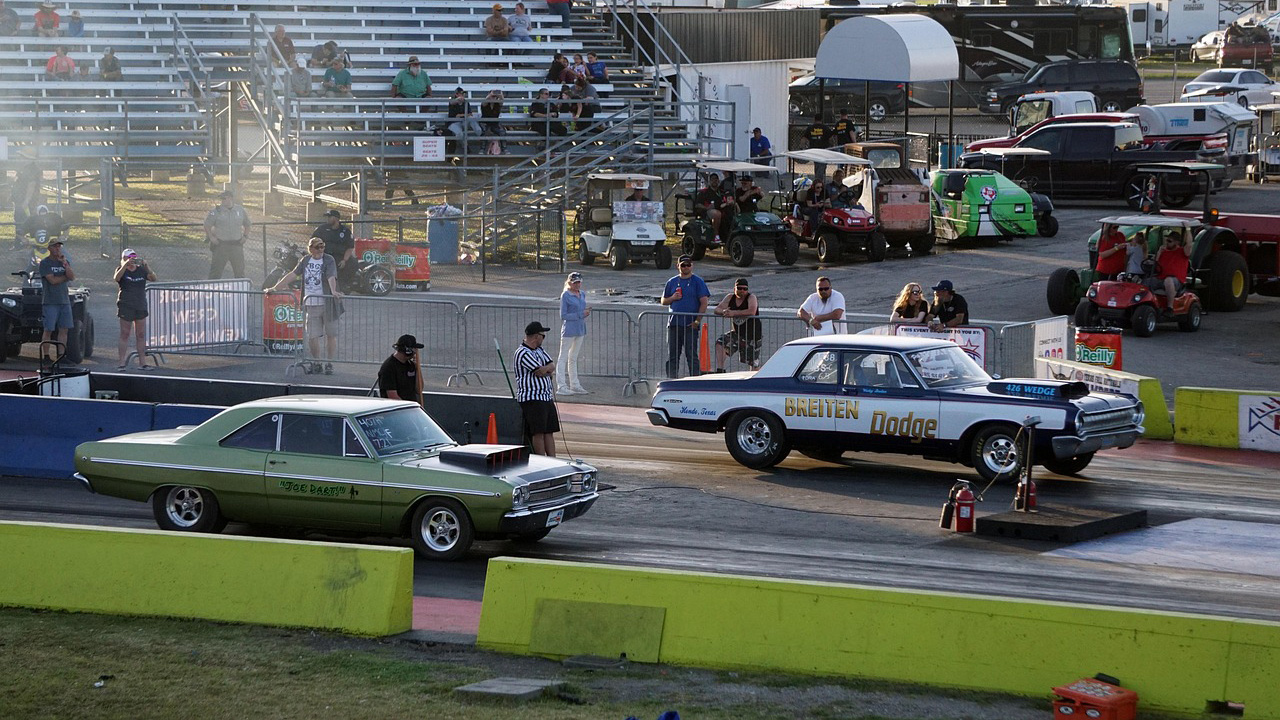
At the heart of drag racing’s timing systems is advanced electronic technology. These systems are designed to measure both elapsed time (ET) and speed with unparalleled accuracy. The primary piece of equipment used is the electronic timing system, which includes sensors placed at the start and finish lines to record the exact time a vehicle crosses these points. A critical part of this setup is the Christmas Tree, an essential tool that signals the start of the race. It features a series of lights that count down to green, indicating when a driver should accelerate. The precise moment a car leaves the starting line is crucial, as it significantly affects the driver’s reaction time and overall race outcome.
Elapsed Time, or ET, is a fundamental metric in drag racing, representing the total time taken from a vehicle’s start to its finish. ET is crucial as it provides a direct measure of a vehicle’s performance over the distance. Various factors influence ET, including the car’s horsepower, weight, and aerodynamic design. Additionally, the driver’s skill in launching and shifting gears correctly plays a pivotal role in achieving an optimal ET. Understanding these elements helps fans and participants alike appreciate the skill and engineering that goes into every drag race.
Key Metrics in Drag Racing
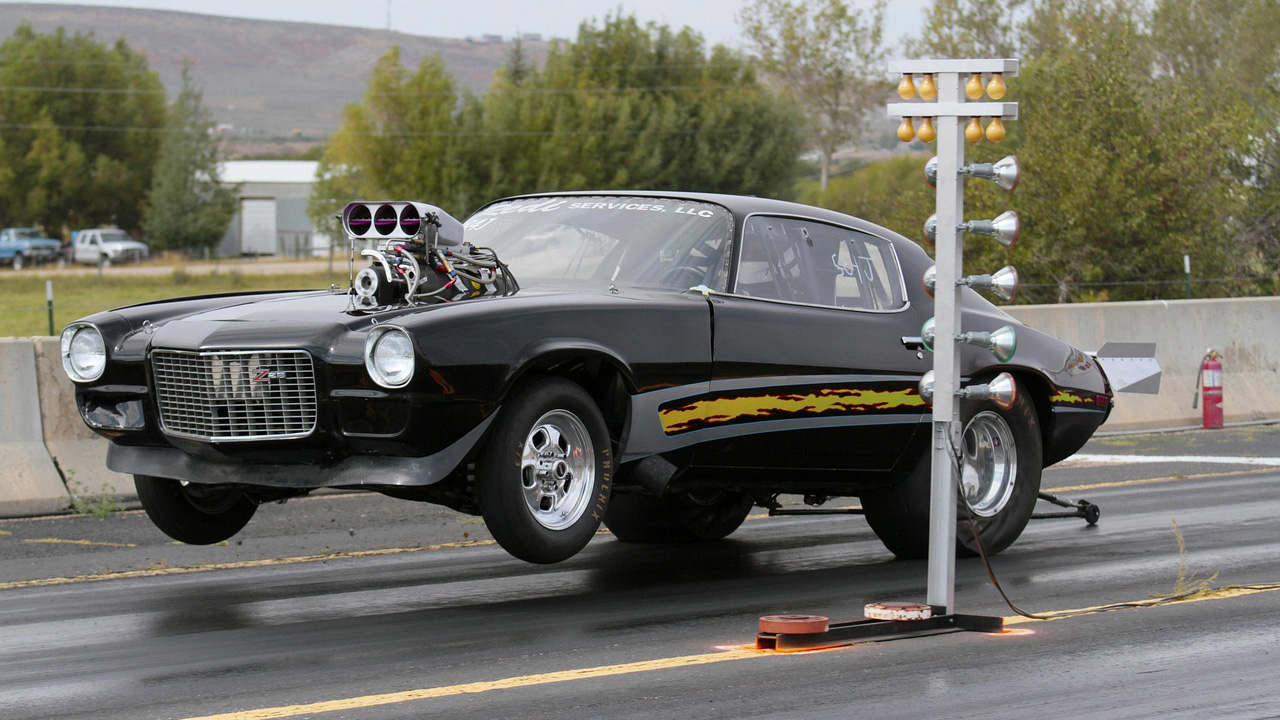
Reaction time is a critical component of any drag race, representing the interval between the green light on the Christmas Tree and the car’s movement off the starting line. This metric is recorded in thousandths of a second, highlighting the precision required to excel in drag racing. A superior reaction time can mean the difference between victory and defeat, even if a competitor’s ET is faster. It’s essential to distinguish between ET and reaction time; while ET measures the vehicle’s performance, reaction time gauges the driver’s responsiveness and skill.
Another important metric is the trap speed, which refers to the velocity of the vehicle as it crosses the finish line. Trap speed is measured using sensors positioned at the end of the track and provides insight into the car’s power output and aerodynamic efficiency. A high trap speed indicates a car’s ability to maintain or increase velocity throughout the race, offering a competitive edge. The relationship between ET and trap speed is complex; while a fast ET might win the race, a higher trap speed can indicate superior vehicle performance.
Scoring and Determining the Winner
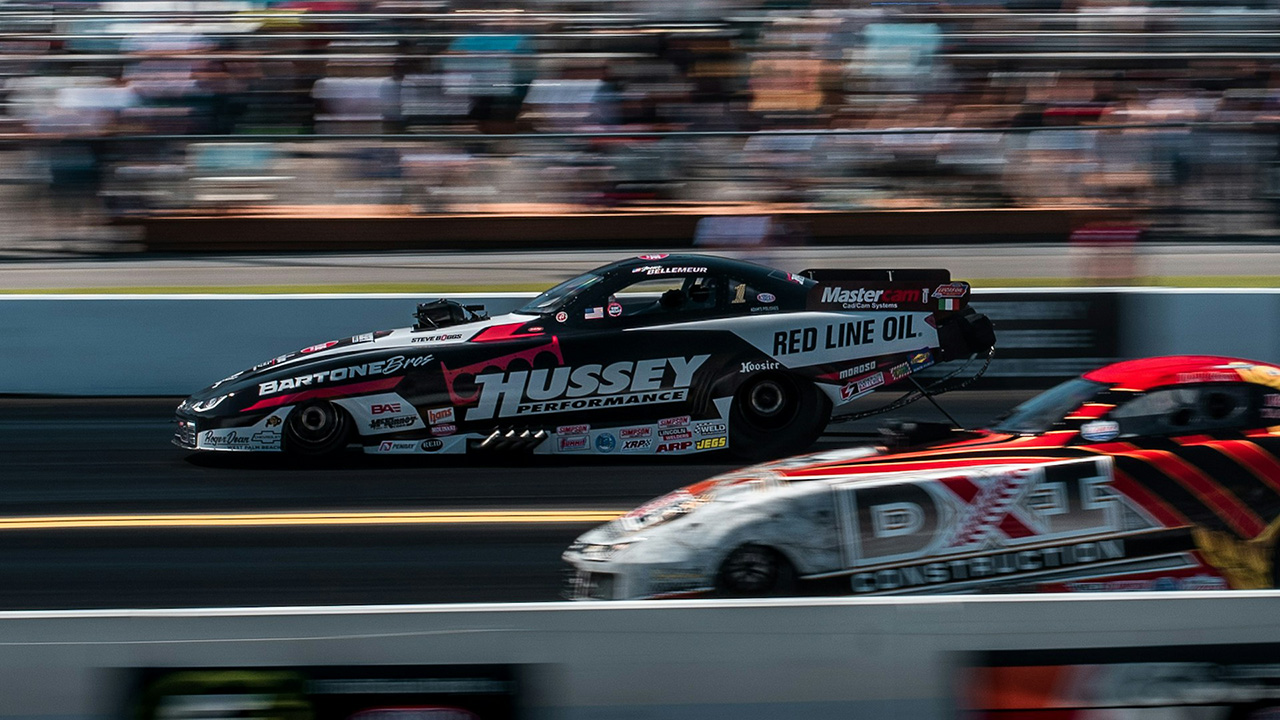
In drag racing, determining the winner involves a combination of elapsed time and reaction time. The primary objective is simple: be the first to cross the finish line. The “first to the finish line” principle underscores the importance of both ET and reaction time, as a driver with a slower ET can still win if they have significantly faster reaction times. This dynamic makes every millisecond count and keeps the competition incredibly intense.
Fouls and disqualifications play a vital role in scoring and race outcomes. Common fouls include red-light starts, where a driver leaves the line before the green light, and crossing the centerline, which can lead to disqualification. Such infractions result in an automatic loss, regardless of the car’s performance metrics. These rules ensure fairness and maintain the integrity of the sport, preventing reckless driving and ensuring that skill and precision are rewarded.
Advanced Timing and Scoring Techniques
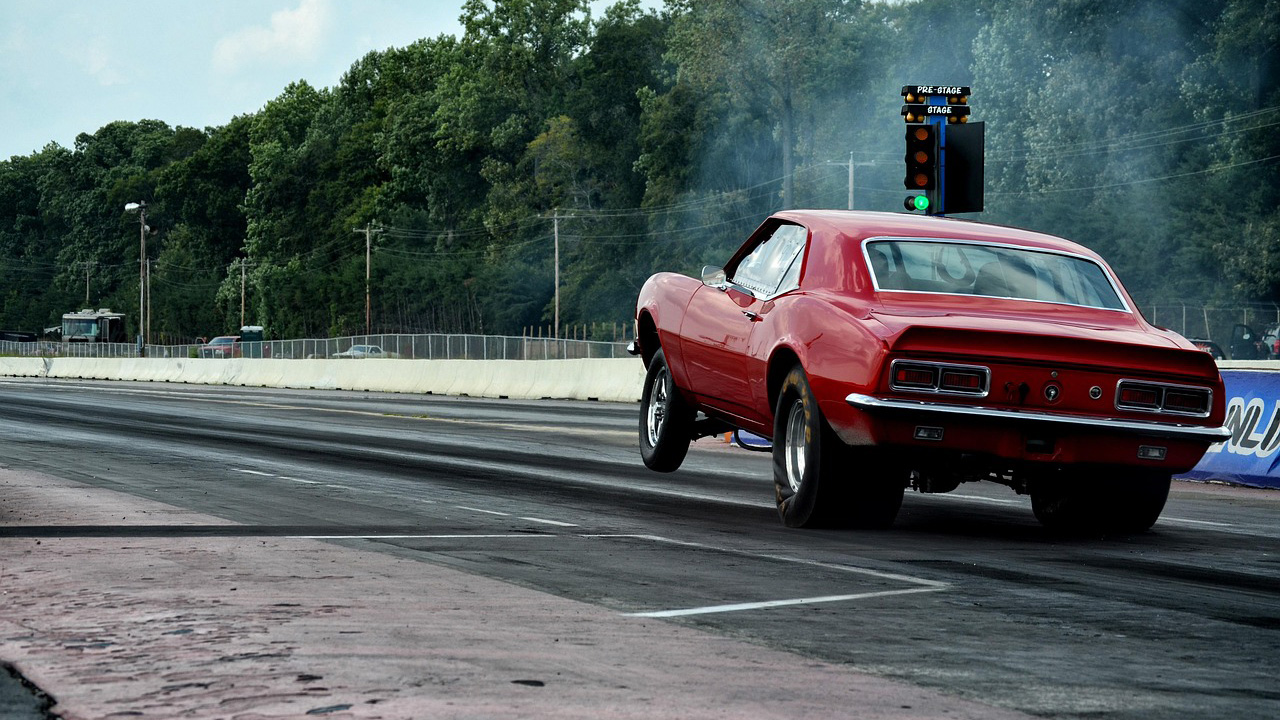
In specialized events like Pro Mod and Outlaw racing, timing and scoring often involve additional considerations due to the extreme speeds and unique vehicle modifications. These events, such as the U.S. Street Nationals, push the limits of current technology, requiring more sophisticated systems to capture the precise data needed. Advanced technologies, such as high-speed cameras and additional sensors, are employed to ensure that every fraction of a second is accurately recorded and verified.
As technology continues to evolve, so too does the precision of drag racing timing systems. Innovations in this area promise to enhance the accuracy and fairness of race scoring. Potential future developments include the integration of real-time data analytics and enhanced sensor technologies, which could provide even more detailed insights into vehicle performance and driver skill. These advancements are paving the way for a new era in drag racing, where technology and human capability are more closely intertwined than ever before.
Cultural and Historical Context of Drag Racing

The evolution of drag racing timing systems has been a journey of innovation and adaptation, reflecting the sport’s rich history and technological advancements. From the early days of manual timing with stopwatches to the sophisticated electronic systems used today, drag racing has continually embraced new technologies to enhance its precision and excitement. Key milestones, such as the introduction of the Christmas Tree and electronic timing, have significantly shaped the modern landscape of the sport.
Beyond its technical aspects, drag racing has had a profound cultural impact, becoming a symbol of automotive enthusiasm and community. The sport has played a pivotal role in popularizing high-speed motorsports and has fostered a vibrant subculture dedicated to performance and innovation. As explored in discussions on platforms like Reddit, this community celebrates the spirit of competition and the shared passion for speed. Drag racing’s influence extends beyond the track, inspiring countless individuals to pursue careers in automotive engineering and design, further cementing its place in the cultural fabric of motorsports.
Like Fast Lane Only’s content? Be sure to follow us.
Here’s more from us:
*Created with AI assistance and editor review.

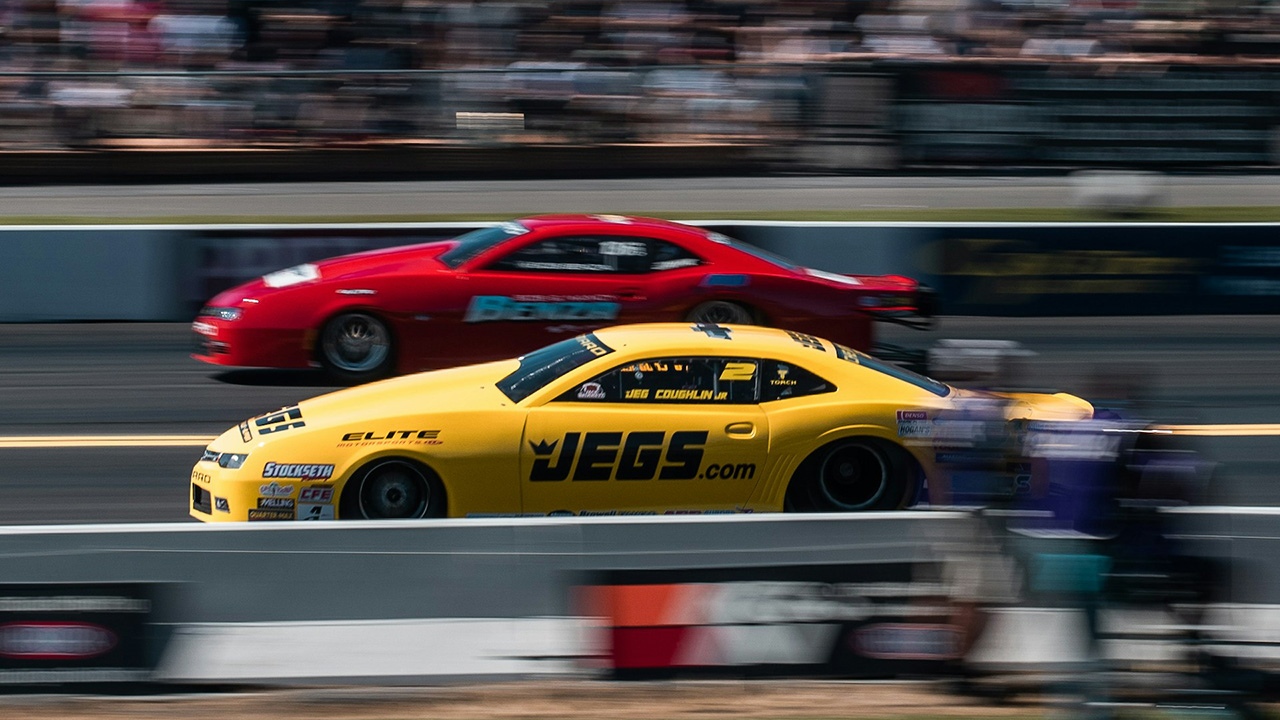


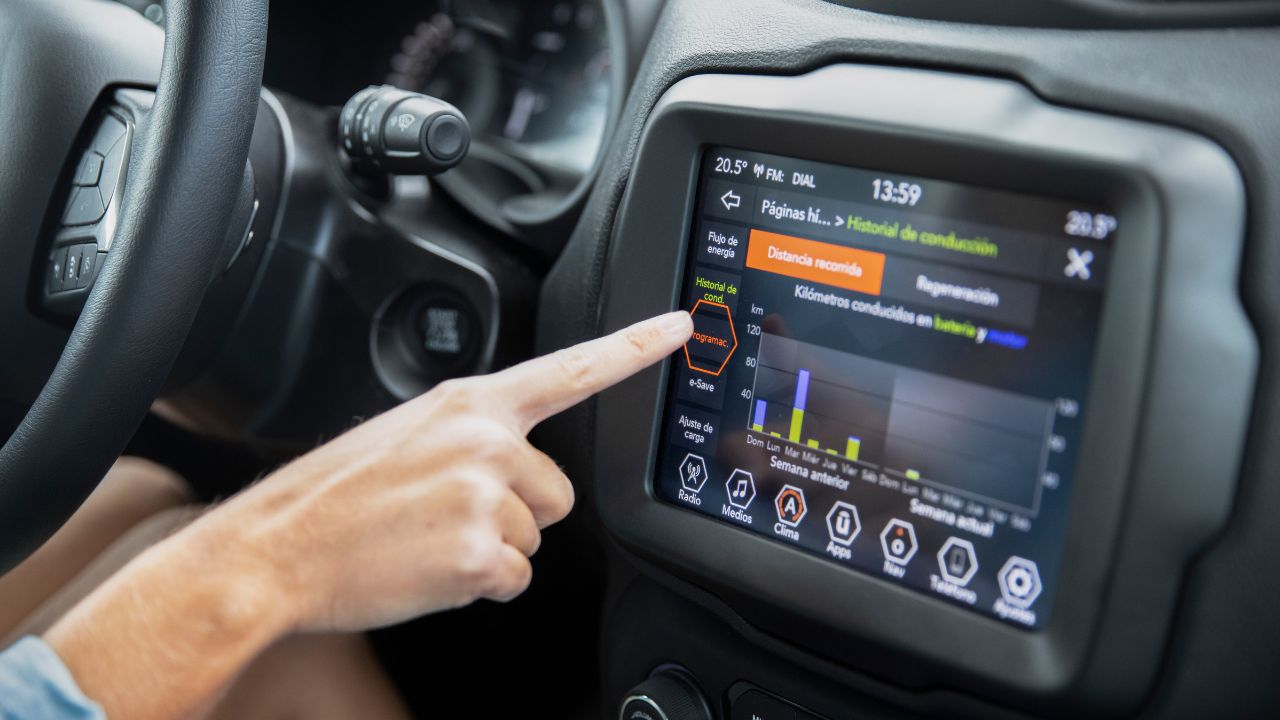
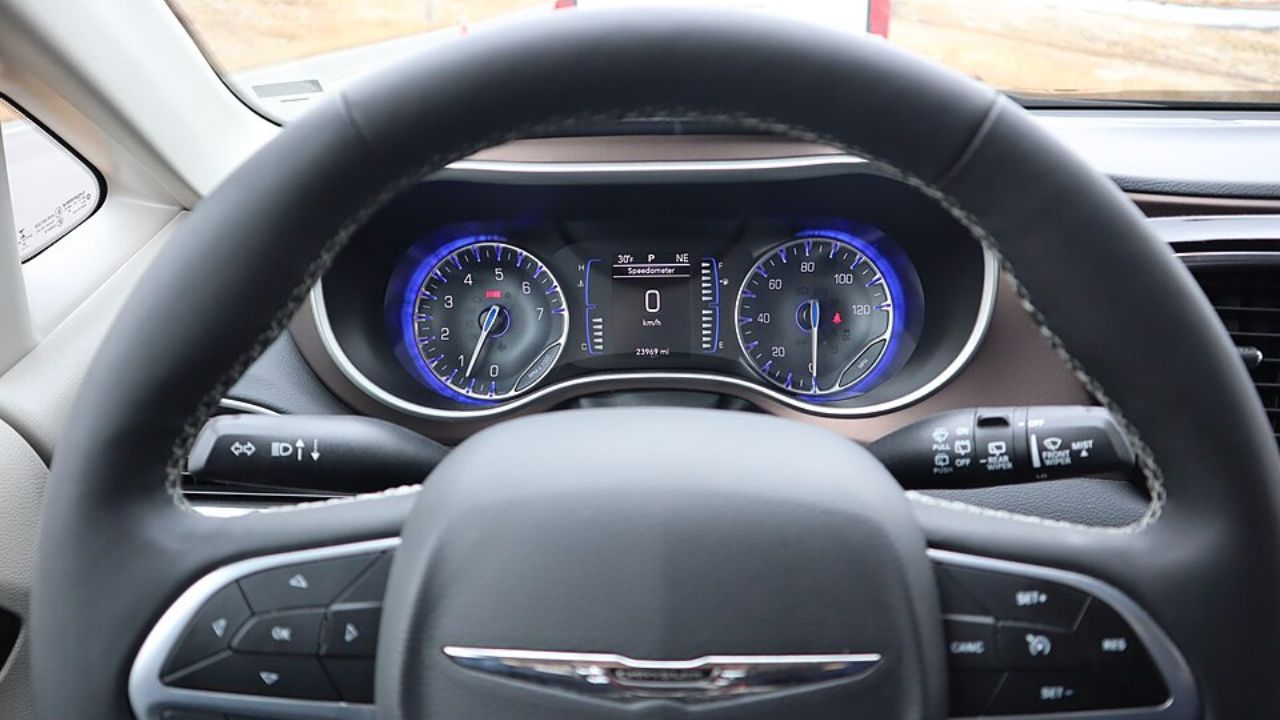

Leave a Reply